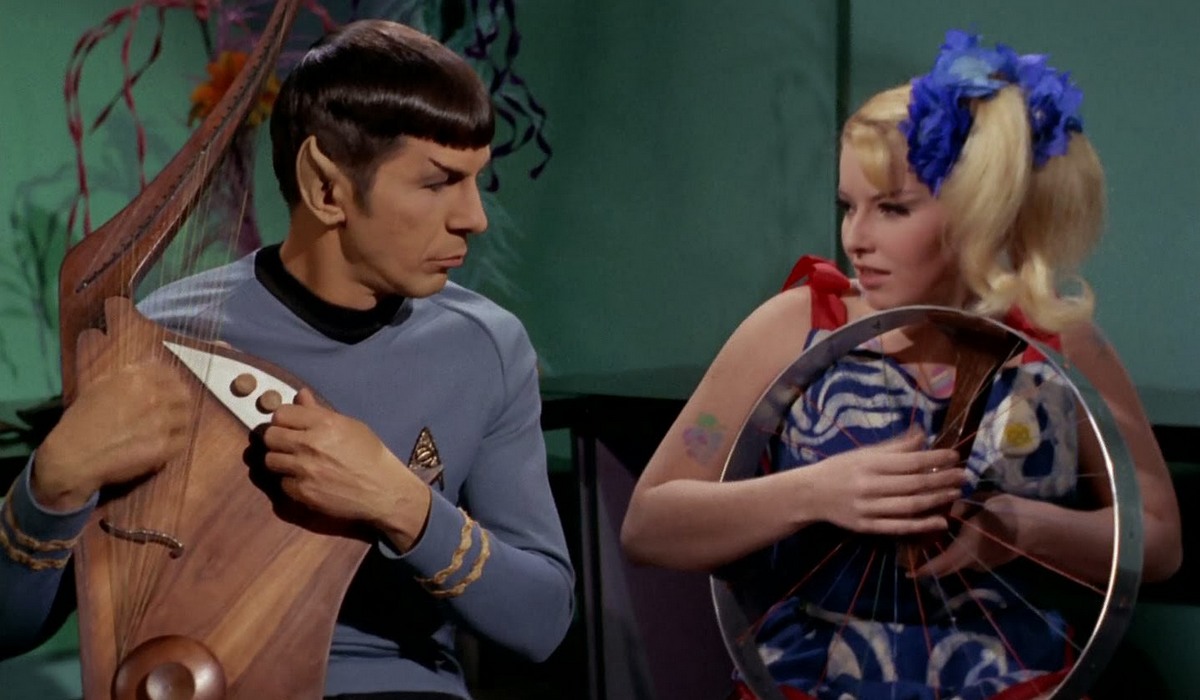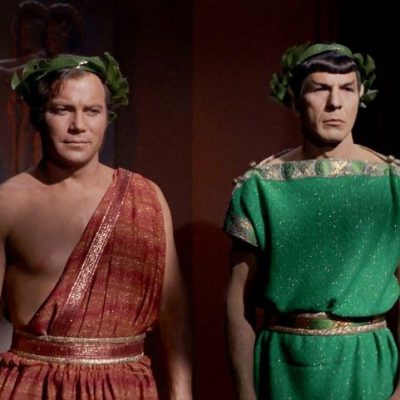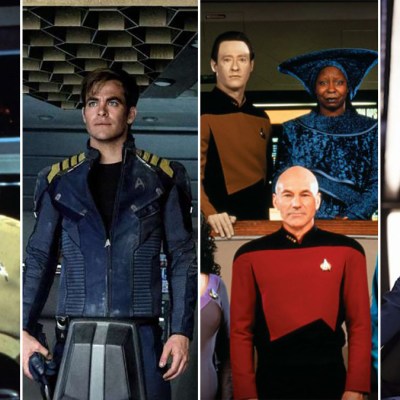In March 1968, the fans, cast, and creators of the NBC-TV series Star Trek were celebrating an unprecedented victory: a massive mail campaign by fans of the show, which directed more than 100,000 letters (if not more) to NBC executives, had resulted in the network deciding not to cancel the sci-fi program after two seasons but to instead extend it for a third year.
That Which Survives Cancellation
NBC’s public decision to renew the show — it even announced the news on the air at the end of the March 1 episode, “The Omega Glory,” with a brief voiceover statement — was unheard of in an era when fandom did not have social media to rant, rave, and otherwise kvetch about every little thing regarding their favorite franchises. This was a physical mobilization of Trekkers, led by superfans like Bjo and John Trimble, and tacitly encouraged (and perhaps even subsidized a little) by series creator Gene Roddenberry. And it worked.
Or at least it seemed to. For while NBC had lost the public relations battle — and half-suspected that Roddenberry himself incited the campaign to embarrass the network — the company still had several weapons at its disposal.
Executives at the Peacock Network did not like Roddenberry and considered him a troublemaker, because of his often public squabbles with the company over budgets, time slots, and creative control. So even though he had promised that he would personally produce the third season — after handing the reins to others starting halfway through season one — there were already ways in which NBC was plotting to wound Star Trek, perhaps fatally this time.
Thus begins the strange and tragic saga of Star Trek’s third season, a run of 24 episodes that is generally considered the series’ weakest. Studio politics, personal vendettas, a misunderstanding of the show itself and its viewership, and poor choices by both Roddenberry and the season three producing/writing staff all pooled together to draw the U.S.S. Enterprise into a black hole of declining quality from which it could ultimately not warp its way out.
Let That Be Gene’s Last Battlefield
At first things seemed to go smoothly: the entire regular cast agreed to new contracts, Roddenberry was actively soliciting and assigning stories, and he had even managed to secure a 7:30 p.m. Monday night slot for the show after fighting to retain viewers with the previous season’s 8:30 p.m. berth on Fridays (most of the younger set who watched Trek were out on Friday nights).
But this, of course, was Hollywood, where almost nothing is built to last, so it wasn’t long before the promising season that Roddenberry hoped for began to disintegrate like a shuttlecraft burning up in the atmosphere. A comedy sketch series called Laugh-In had become an unexpected hit for NBC on Monday nights at 8:00 p.m., and its producer refused to start the program a half hour later, even threatening to take it to another network. Since NBC wanted to stay in the Laugh-In business — for one thing, it was getting better advertising rates per minute than Star Trek — the network reneged on Roddenberry.
“Gene, baby…” According to David Gerrold’s seminal book, The World of Star Trek, those are the words Roddenberry heard when he picked up the phone during breakfast one morning. It was NBC exec Mort Werner calling to tell him that they had come up with the perfect time slot for Trek: Friday nights at 10:00 p.m., a.k.a. the “death slot.”
“Are you mad?” Roddenberry roared down the phone, but it was no use. He knew right then and there that NBC was condemning Star Trek to death, right after giving the show a new lease on life. Despite critical acclaim, a slew of Emmy nominations, a devoted fan base and ratings that were actually decent (a longstanding myth about Trek was that the ratings were abysmal), NBC still wanted to get rid of the show in the end.
Meanwhile, the show’s budget was cut by $10,000 per episode, leaving little room for location shooting and forcing the crew to stay on the ship, even as NBC cruelly demanded that Captain Kirk and the gang beam down to more planets. Behind the scenes, the show was bleeding out as well: producer Gene L. Coon — perhaps the person most responsible for the show’s success after Roddenberry — had left late in the second season. His replacement, John Meredyth Lucas, was also out, along with legendary story editor and writer D.C. Fontana.
So Roddenberry made a fateful decision: he walked too. “It got to the point where I couldn’t bear another moment,” the producer said about his battles with NBC in author Marc Cushman’s excellent book These Are the Voyages: Season Three. “People like that wear you down to that degree. Not that they ever took the fight out of me, but the constant battles did erode away my ability to be diplomatic. After the double cross that happened at the outset of the third season, there was no hiding my feelings anymore.”
The Freiberger Syndrome
Roddenberry didn’t leave entirely; he was still the executive producer on Star Trek, but he made a conscious choice to step back from day-to-day producing and writing. Why put all that effort, and risk his health and mental well-being, into something that was doomed? In hindsight, Roddenberry’s decision might now seem self-serving — he was essentially abandoning his creative baby and all the people who worked so hard on it for him — and getting more involved might have at least allowed the show to go out on a creative high.
But step away he did, paving the way for a second dubious choice: the hiring of veteran producer Fred Freiberger as showrunner for season three. Freiberger was a seasoned television writer and producer, with series like The Wild, Wild West, Ben Casey, and many more to his credit. He had even been considered for a producing job on Star Trek back when the show first launched in 1966. While experienced at writing and producing on time and on budget, he had a fundamentally different mindset toward Star Trek than previous creatives on the show like Coon and Fontana.
“Fred Freiberger had no idea what he was doing,” recounted James Doohan (Scotty) in These Are the Voyages: Season Three. “He was just a line producer, suddenly handed creative control over a show that was like nothing else on television.”
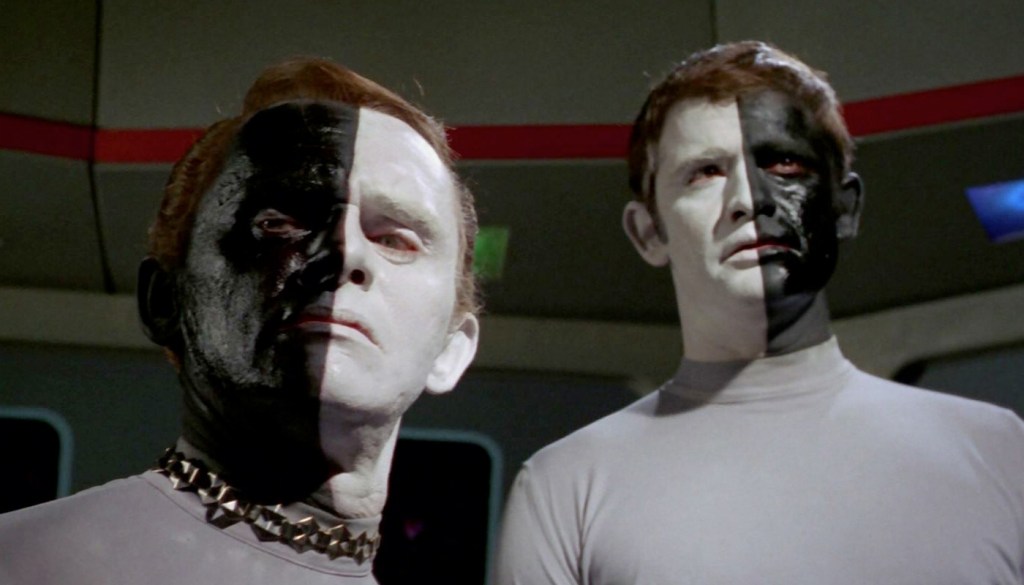
Freiberger in turn brought in Arthur Singer as Story Consultant, replacing the departed Fontana. The latter was a hard act to follow: she had a deep understanding of Trek and its characters, and in addition to doing critical editing and rewriting on many Trek scripts, she had penned many of its best episodes, including “Charlie X,” “This Side of Paradise,” and “Journey to Babel.” Like Freiberger, Singer was a seasoned pro — but he had perhaps less understanding of Star Trek than even Freiberger.
The truth is that neither man was in a good position. Even if both had been deeply invested in the show from the get-go, they were up against almost insurmountable obstacles. The shrinking budgets, the exodus of writers and directors from previous seasons (including a number of big-name sci-fi authors), the conflicting mandates from both the network and Roddenberry himself — who still meddled with the scripts for a while behind the scenes before vanishing completely from the series during its last few months — all conspired to doom Star Trek.
According to These Are the Voyages: Season Three (a major resource for this article), both NBC and Paramount — the studio that owns Trek to this day — wanted the show dead. They didn’t understand it, it was too provocative for network TV and it was too expensive to produce. Even though the myth that Star Trek’s ratings were dismal has been proven wrong over the years (while the ratings did drop over time, they were never as bad as NBC made them out to be), the show wasn’t such a blockbuster that the network had to keep it going.
Read more
Star Trek’s Stepchildren
And so season 3 kicked off with the ignominious “Spock’s Brain,” an unintentional schlockfest widely regarded as perhaps the worst single entry of the entire original 79-episode run. But even that segment started out — in its earliest story pitch — as a serious look at organ transplantation, before endless rewrites and budget concerns reduced it to a story about a race of primitive women who steal Spock’s noggin and use it as a hard drive. “A hell of a concept, but how do you get drama into it?” said Freiberger in the book Captain’s Logs, “We had a lot of problems making that work.”
Many third season outings now considered low points — “And the Children Shall Lead,” “The Way to Eden” (space hippies!), and “Plato’s Stepchildren,” to cite three — all began with good intentions that got whittled down to what appeared on the screen by financial, creative and physical exhaustion.
“The show was getting sloppy,” recalled star William Shatner (Captain Kirk) in his book Star Trek Memories. “Our scripts were suffering and cancellation seemed a probability. Making matters worse, it had become clear that Gene Roddenberry had drifted away from the show, with no intention of ever getting seriously re-involved on any creative level.”
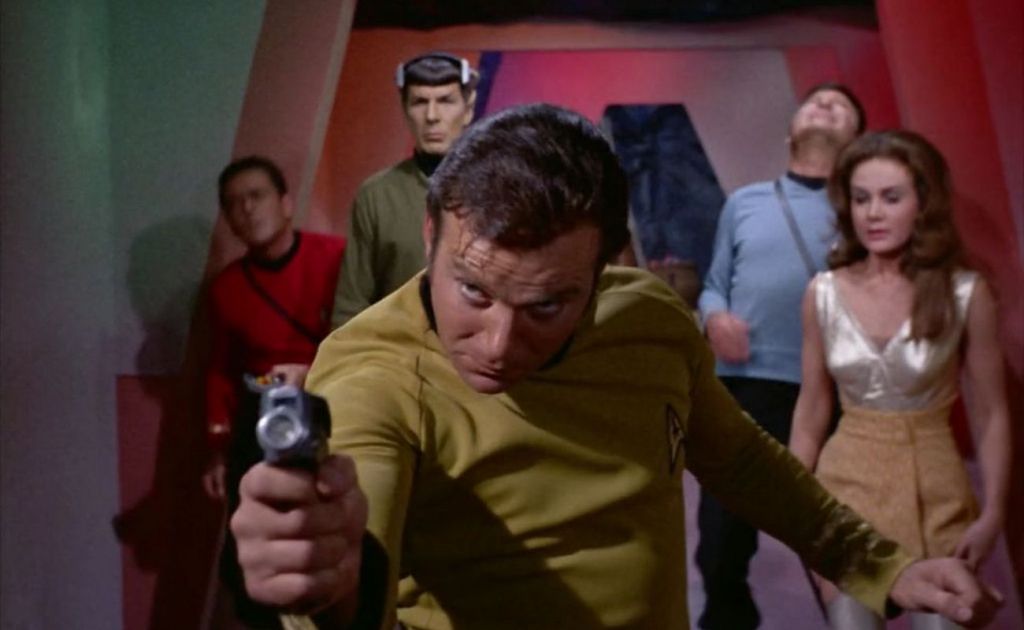
Yet the third season was not a complete failure. For one thing, the complement of women on the show both in front of the cameras and behind the scenes increased dramatically. Many of the new writers that Freiberger bought stories from were women, some of them making their first sales. A lot of the shows featured stronger roles for women as well, such as “Elaan of Troyius,” “The Enterprise Incident,” “Is There In Truth No Beauty?” and “The Empath.”
Season 3 also featured some of Star Trek’s weirder aliens. While the show still featured a heavy contingent of humanoids, we got to meet truly exotic species like the living lava of the Excalbians (“The Savage Curtain”), the eerie Melkotians (“Spectre of the Gun”), the crystalline Tholians (“The Tholian Web”), and the Medeusans (“Is There In Truth No Beauty?”), an incredibly advanced and progressive race whose physical appearance drove humans insane.
On the other hand, risible tales like the aforementioned “Spock’s Brain” and “The Way to Eden” contributed to both the fans’ and cast’s ongoing disillusionment with the show, as did episodes like “The Savage Curtain” and “Wink of an Eye” that recycled plot tropes from previous seasons. And Freiberger was apparently a fan of love stories: Kirk, Spock, Scotty, and McCoy all got to fall in love at least once, with the endlessly horny Captain often working overtime in the romance department.
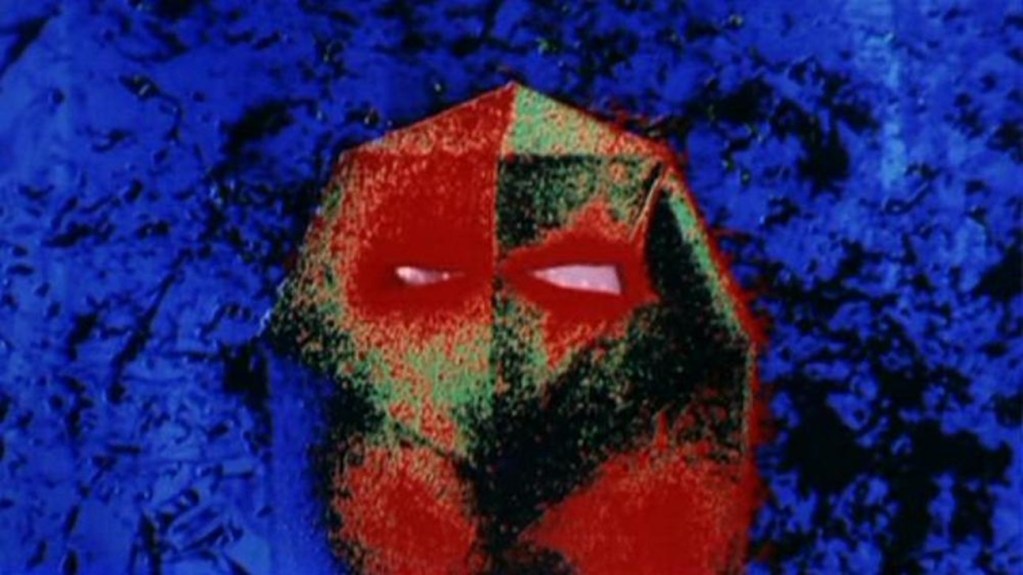
Make no mistake, however: the third year did yield some excellent episodes. Fans all have their favorites, but among the season’s most popular outings were “The Enterprise Incident,” “Day of the Dove,” “The Tholian Web,” “All Our Yesterdays,” and “Spectre of the Gun.” Star Trek also continued to examine social and political issues of the day such as racism (“Let That Be Your Last Battlefield”), war (“Day of the Dove”), and class (“The Cloud Minders”), while some of the better episodes explored both the regular and guest characters with depth and empathy.
“We did some wonderful shows and made some really strong statements,” Fred Freiberger told Shatner in Star Trek Memories. “We also did some episodes that I wasn’t too proud of.”
The Way to Immortality
In the end, though, season 3 of Star Trek could have broadcast 20 shows at the caliber of the classic “The City on the Edge of Forever” or “Arena” and it wouldn’t have mattered. There would be no fourth season of the show. Following a two-month hiatus in April and May, Star Trek resurfaced in one last time slot — 7:30 on Tuesdays, ironically enough — to air its final original episode, “Turnabout Intruder,” in which a vengeful ex-lover swaps bodies with Kirk and takes command of the Enterprise.
And that was it. Trek went into reruns for the rest of the summer before vanishing from NBC’s airwaves entirely in the first week of September 1969. It resurfaced in syndication almost immediately after that, beginning a whole new chapter in the history of Star Trek that soon turned a modestly successful if highly acclaimed TV series into an ongoing pop culture juggernaut. Even a lackluster final season — or what seemed at the time to be final — couldn’t stop its voyage after that.
